
AIR INDIA: New owner, new planes, new cabins, new identity, but will it all happen?
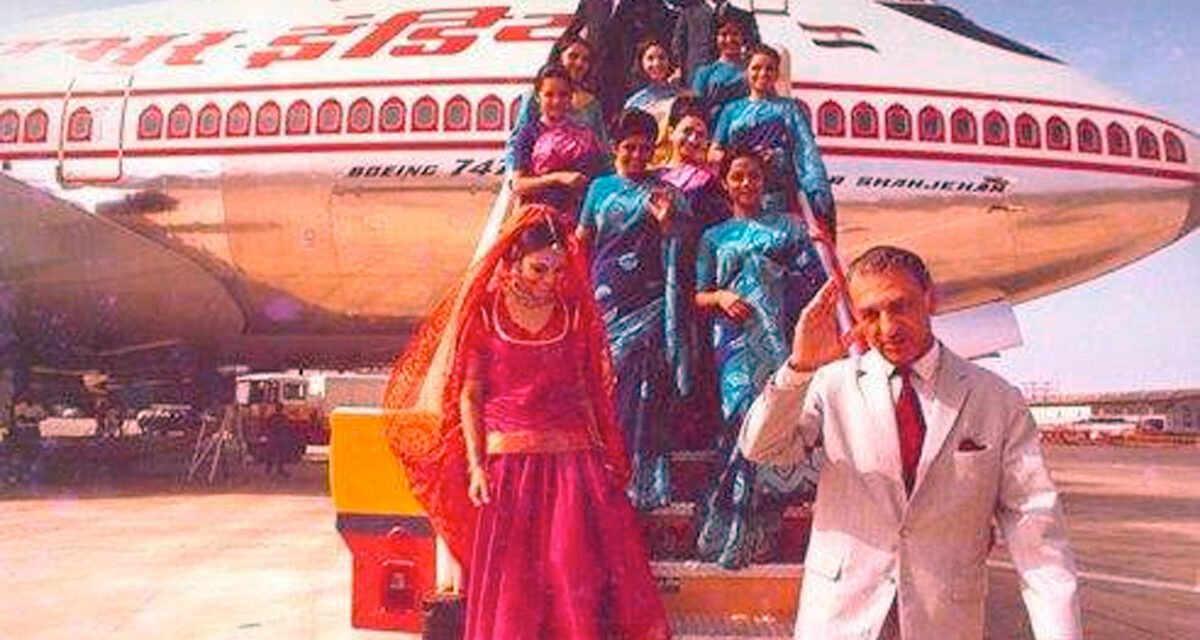
Air India has been exercising their Public Relations muscles over the last week, releasing a brand identity and announcing new business Class, First Class and Economy cabins, aircraft orders and potential new routes. That’s a lot.
But we have heard big announcements from Air India before. The question is, will all these announcements actually happen?
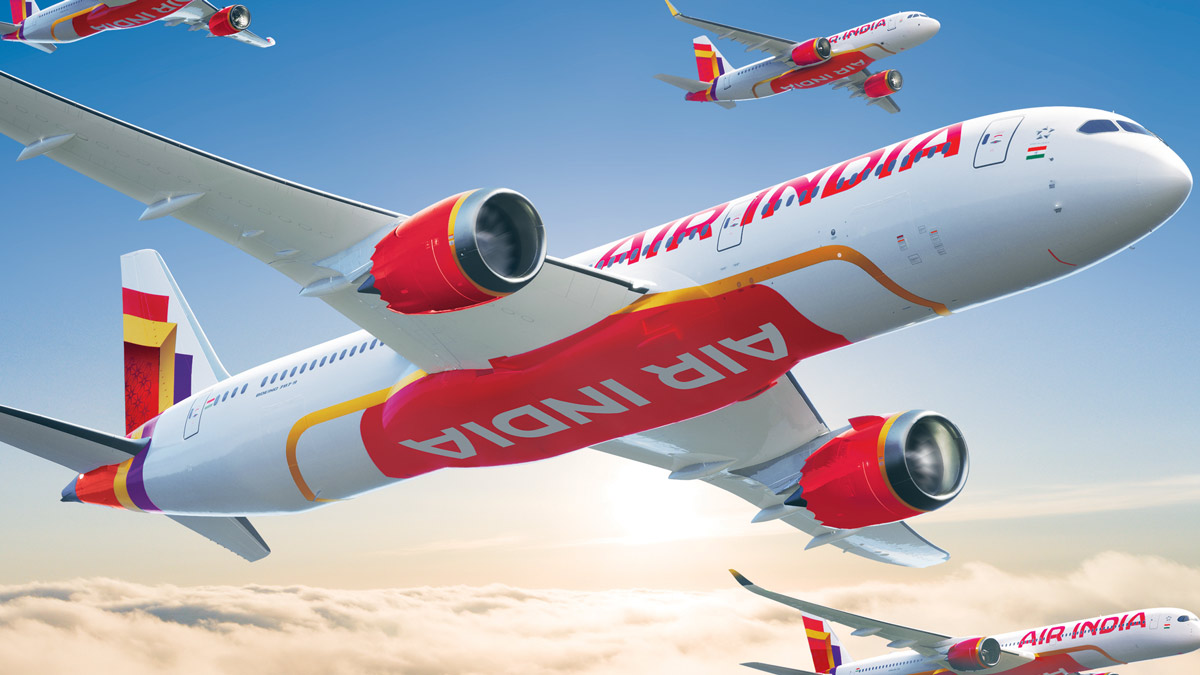
Content of this Post:
Background
Starting in 1932, founded by tycoon JRD Tata, the airline won an important mail contract servicing major destinations in India. It underwent several incarnations since its formation as a division of Tata Sons, becoming a public limited company in 1946 as Air India. The company was nationalised in 1953 but substantially retained its leadership, with JRD Tata continuing as chairman until 1977. The airline split into International and domestic divisions. In 1962 it became the world’s first all-jet airline. It was also on its way to earning a reputation as one of the finest international airlines in the world.
At the start of the 21st Century, attempts were made to re-privatise the airline, along with corruption charges launched against its managing director. There were various ventures, such as a low-cost domestic offshoot and a merger of separate domestic and international airlines. All of these activities seemed to be accompanied by substantial losses. resulting in an accumulated debt of US$5.3 billion by 2011.
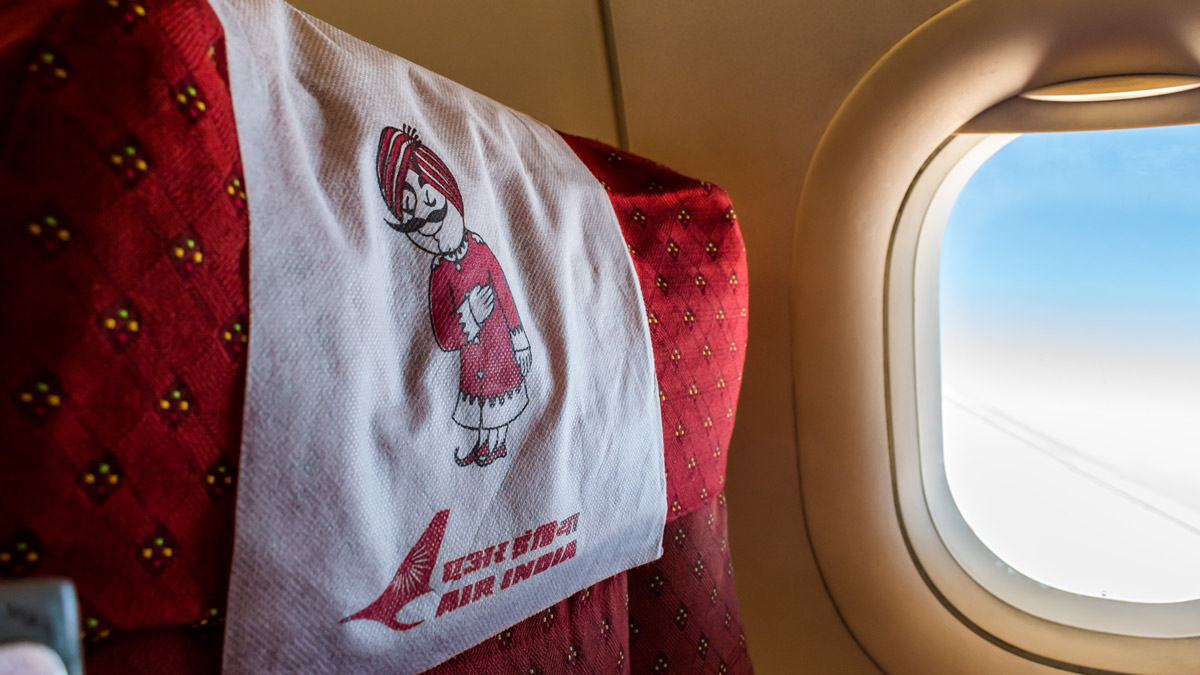
The airline was invited to join Star Alliance in 2007, with the invitation being suspended in 2011 due to a failure to meet the alliance’s minimum standards. The government pumped US$400 million into the airline in 2009. It opened Frankfurt as its international hub and closed it in 2010 as unfinancial, then planned to open the hub in Dubai. Never happened.
2013 is the year things looked like they were turning around, with the airline posting its first surplus before tax etc., in six years. In 2014 it did join Star Alliance but continued to lose money. Moves to privatise were started in 2017 and 2018, with the eventual sale occurring in 2022.
Tata Group officially acquired the airline to recombine the Air India divisions with Tata’s recently launched airline Vistara, jointly owned with Singapore Airlines. The intention was to re-create an internationally leading airline in a 5-year transformation known as ‘Vihaan’ – Sanscrit for ‘dawn’. That is what we now see being rolled out.
Let’s start with the new brand…
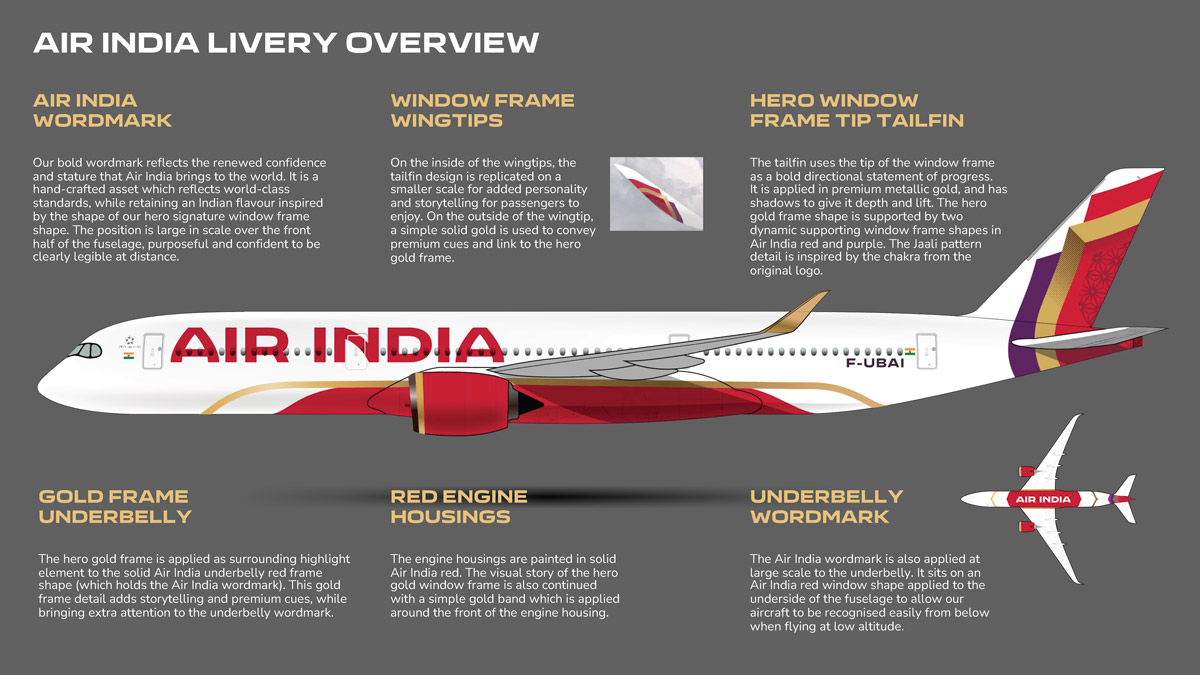
New Branding
I think this is a triumph and trumps the outdated sunburst, but it is not as cute as the aging Maharaja. I’ve often admired the Vistara livery for colour and design, and that design has some resonance here. Following are some visualisations on specific aircraft, with those fantasyland manipulated sky backgrounds!
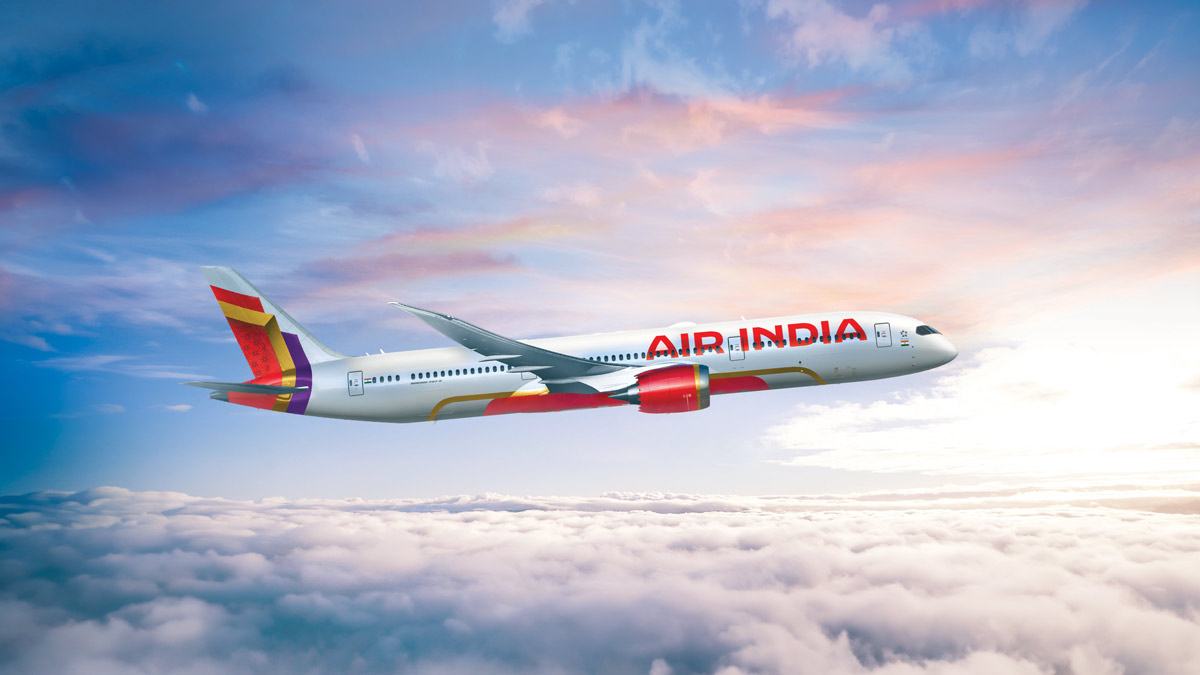
Those colours in the branding remind me of the vibrant colour you see when visiting India.
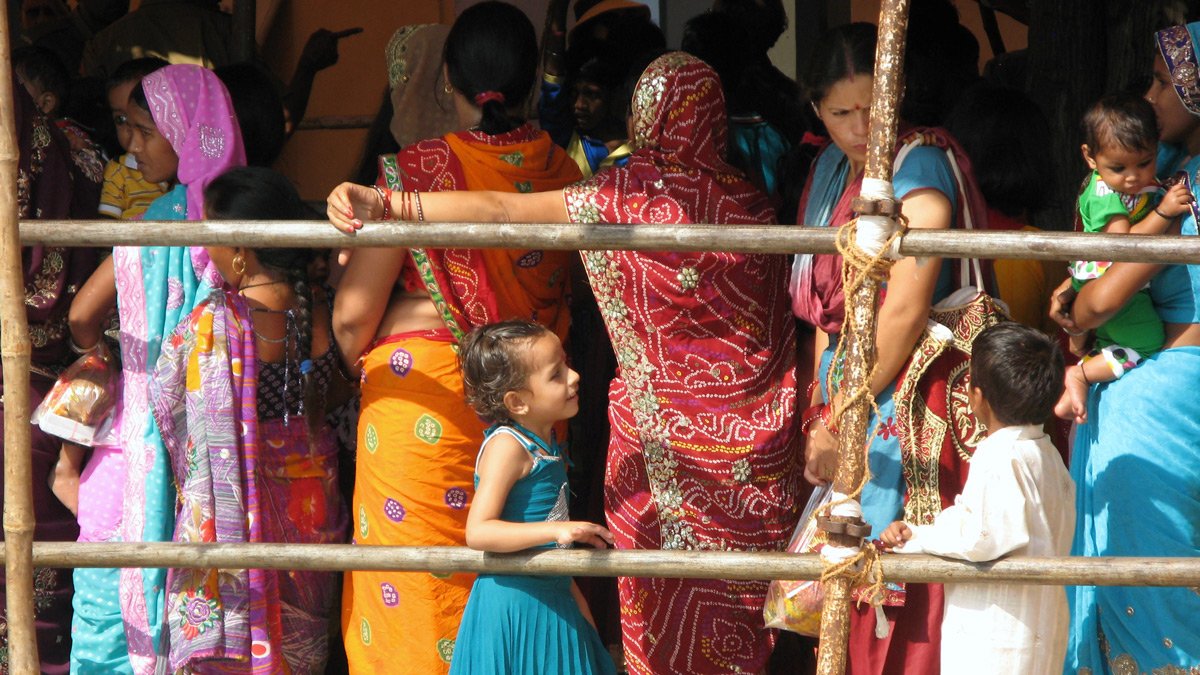
Compare this new look to the old livery:
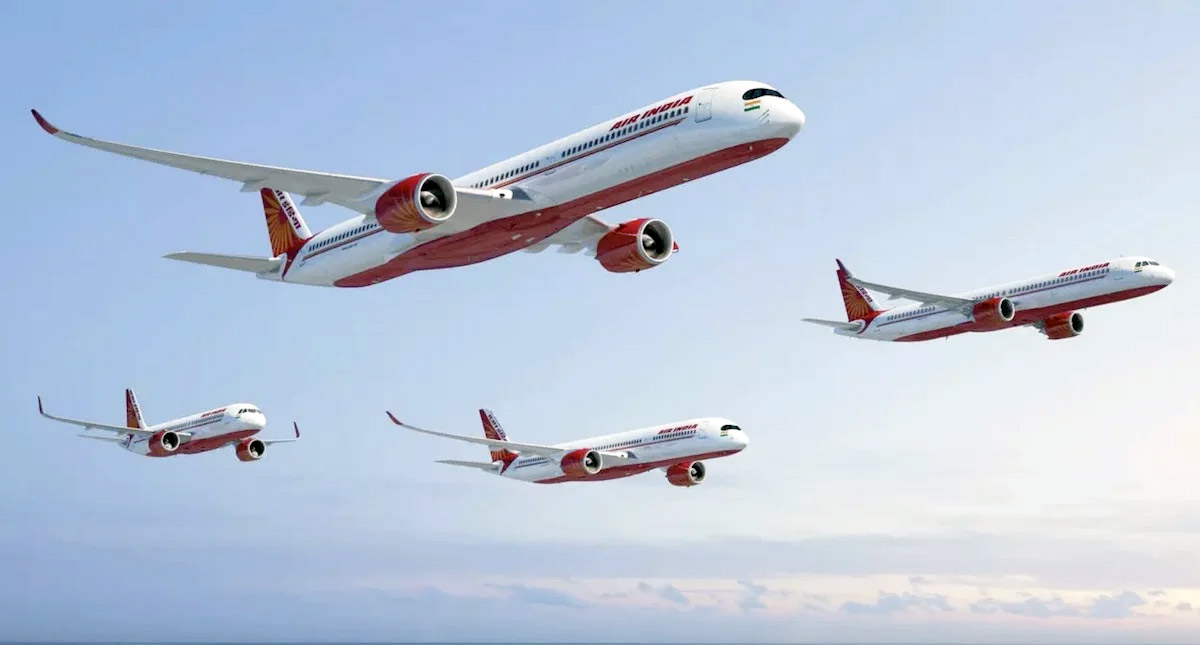
New Aircraft
Tata Group seems fairly serious in its wish to re-invent Air India and is investing in a trove of new aircraft. 470 jets in total from both Boeing and Airbus, with the following being firm orders:
- From Airbus: 140 x A320neos, 70 x A321neos, 6 x A350-900s, 34 x A350-1000s
- From Boeing: 190 x 737 MAXs (8 & 10 series), 20 x 787-9s, and 10 x 777-9s
These represent possibly the bigger aircraft order ever to date. Deliveries start in late 2023, with most post-2025. Air India has an additional 70 options, including 50 Boeing 737MAXs and 20 x 787s
In addition to the firm orders, Air India has 70 additional options with Boeing, including 50 x 737 MAXs and 20 787s.
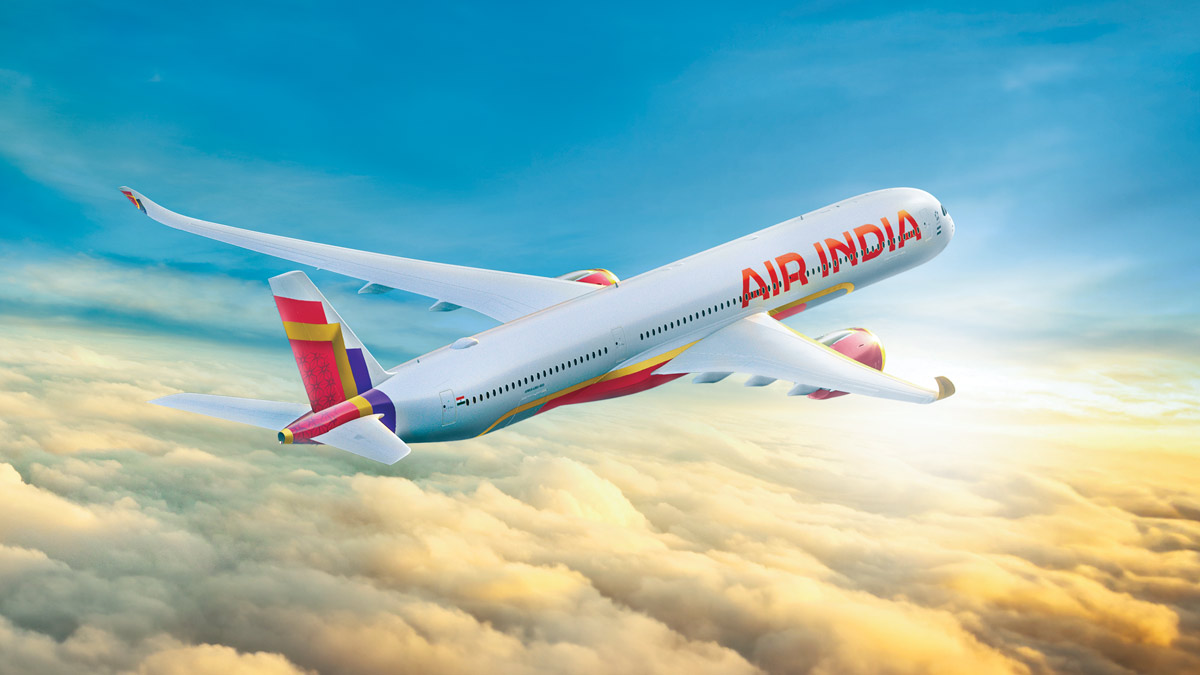
Currently, Air India and Vistara have a combined fleet of about 220 aircraft. These current orders are more than twice that, giving you an idea of Tata’s ambition for the newly minted Air India. The question becomes – can Tata afford this kind of capital investment? The answer to that question remains to be seen. Airlines in India have a turbulent history, with large airlines like Jet Airways collapsing regularly. So the jury is still out on whether Tata can pull this off.
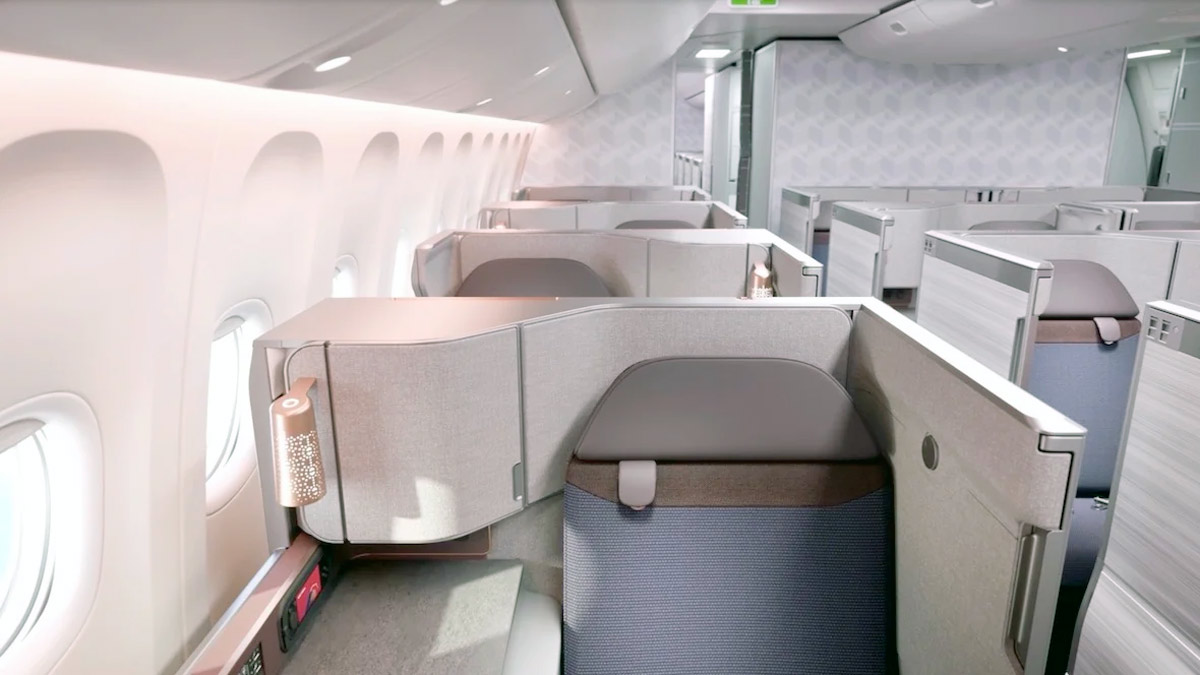
New Cabins
So total rebranding, the biggest aircraft order in history, isn’t enough for Air India. They have also announced a total cabin refresh of the whole existing fleet. Now if you said they need this and it’s long overdue, you would be right. Air India has a woefully outdated Business Class product on long-haul and an execrable interior maintenance record.
So this US$ 400 million cabin refresh, assisted by JPA Design and Trendworks, applies to long haul 787s and 777s. It will include new seats, inflight entertainment, WiFi plus the introduction of premium economy, and the retention of First Class on the 777s. Expect configuration changes too. Expect to see the new cabins rolled out from mid-2024, and then over the next two and a half years – say by early 2027.
This means that Air India is going to go through a period of having a very hodge-podge fleet, with old and new interiors plus legacy interiors from the 777 aircraft it is leasing, formerly used by Delta, Singapore Airlines and Etihad. These aircraft interiors are significantly better than Air India’s current fleet, which will help them achieve upgraded interiors in 33 % of their fleet by March 2024.
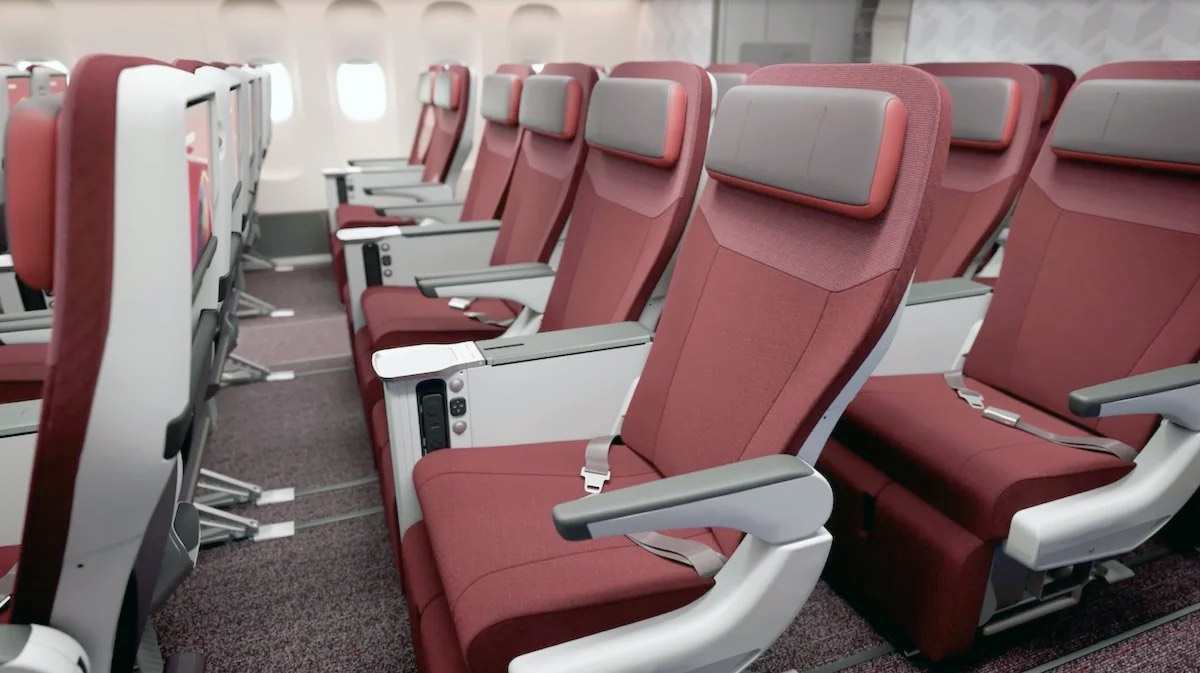
Downside
Is there a downside to this cabin refurb? Well, yes, if you’re travelling in Economy. Expect layouts to change from the generous 3-3-3 to the industry standard 3-4-3. The new First Class single row of seats will also be based on the Safran Unity product usually used for Business class. Based on a Safran Unity seat model, the new Business Class will be configured in a staggered 1-2-1 layout, alternating aisle and ‘honeymoon’ doubles. This is the same base product that Qantas has chosen for its A350 ultra-long-haul aircraft for the Sunrise Project.
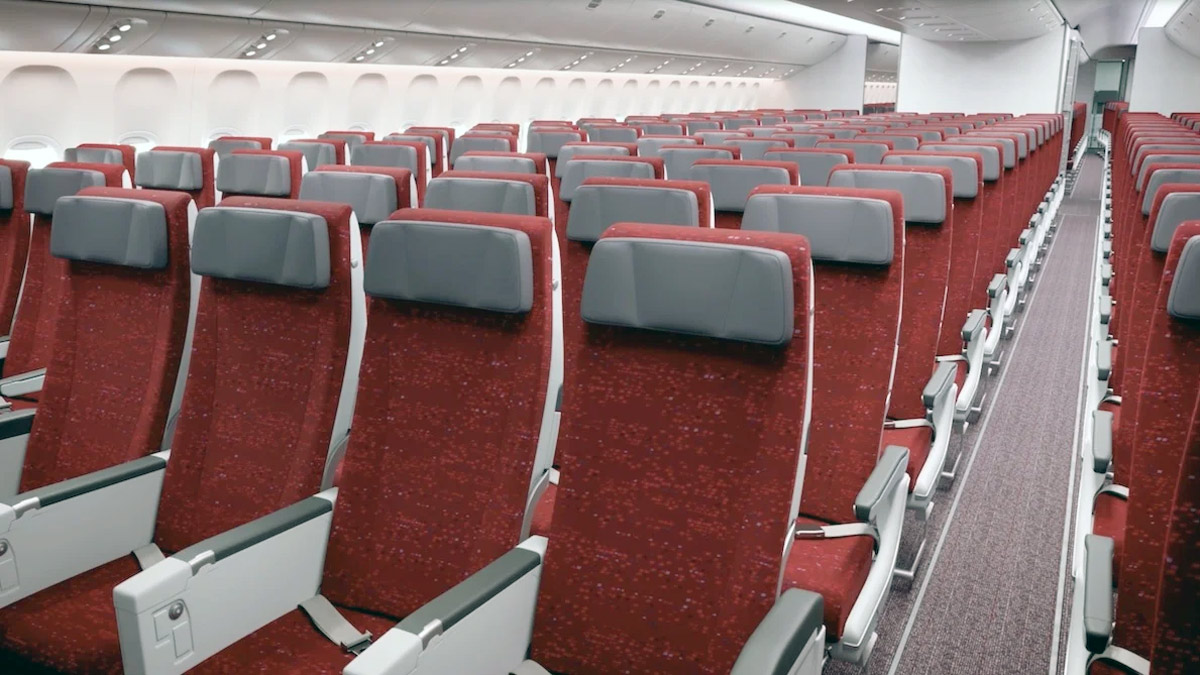
New Premium Economy will come in a 2-4-2 configuration, with leg rests and seatback entertainment. As previously mentioned, the economy will move to a 3-4-3 configuration, which is industry standard.
Expect to see these new cabins appearing in 777 cabins from 2024. Other aircraft installs remain to be confirmed.
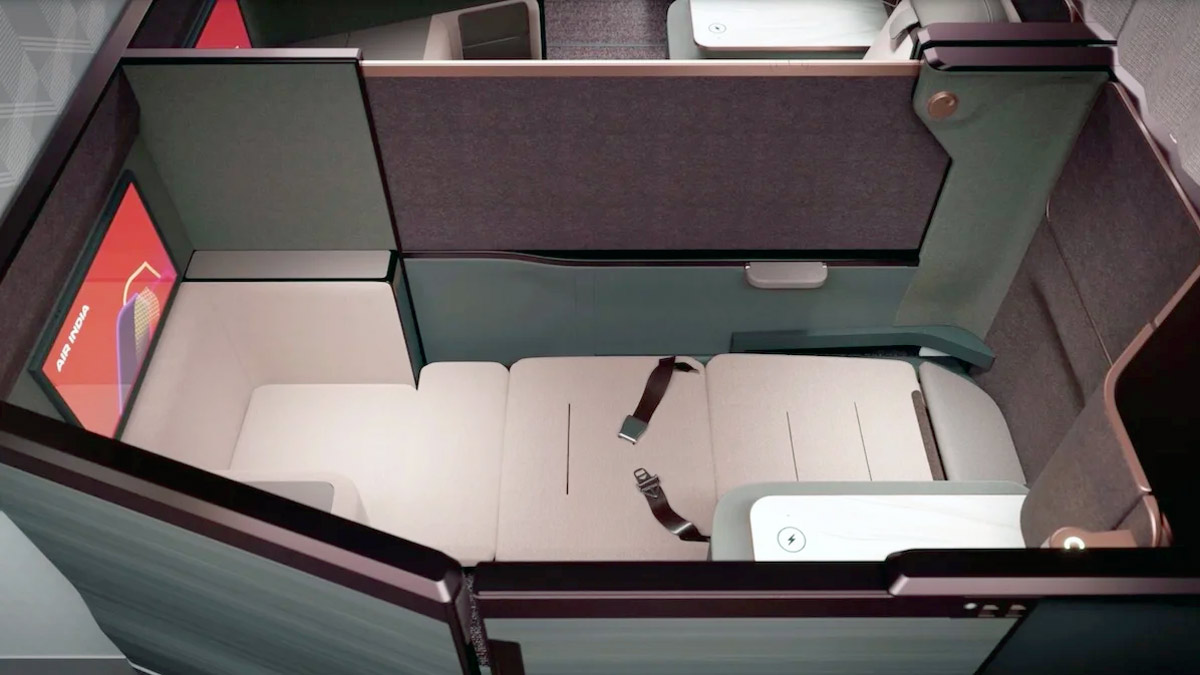
2PAXfly Takeout
This is all great news for Air India. If carried off, it could return the carrier to a flagship position in aviation. However, upgrading the hard product is just one part of the equation of success. There is still a world of work on staff training, returning the airline to the hospitality leader it once was. And then, of course, there is maintenance. Air India currently has a reputation for appalling interior maintenance. They are going to have to turn that around if they want to revive their reputation
Can they carry it off? We shall see.





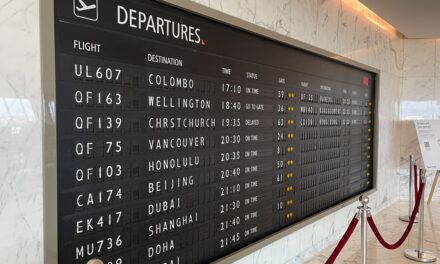
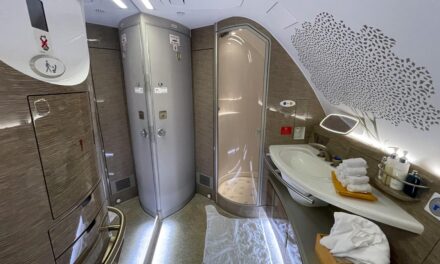
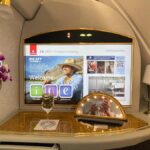





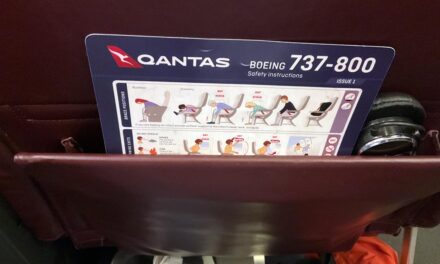









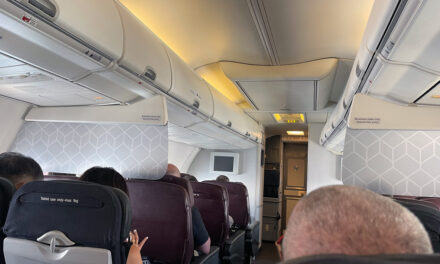




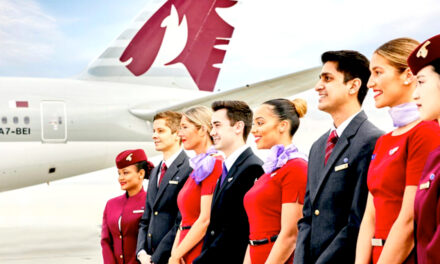





What did you say?